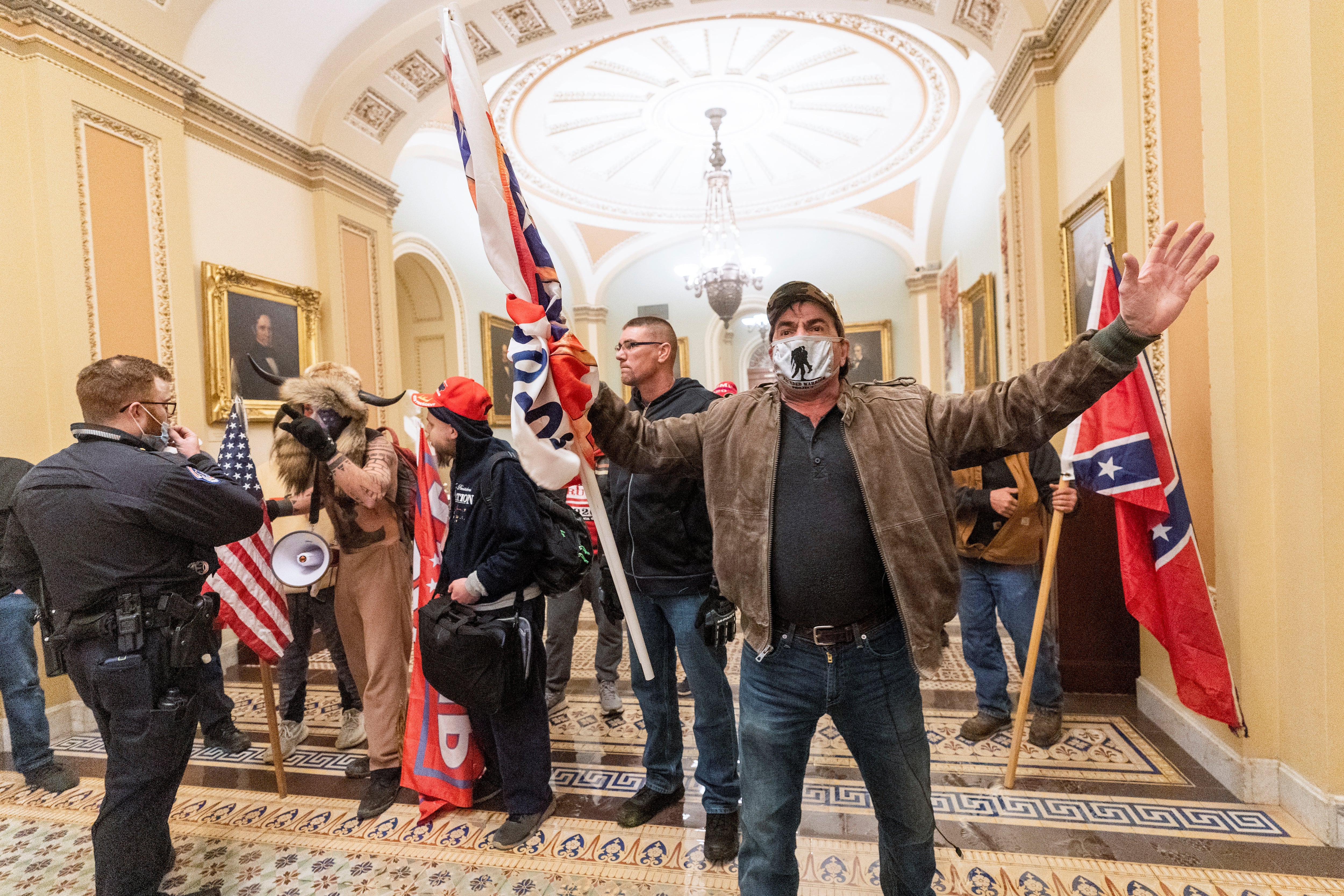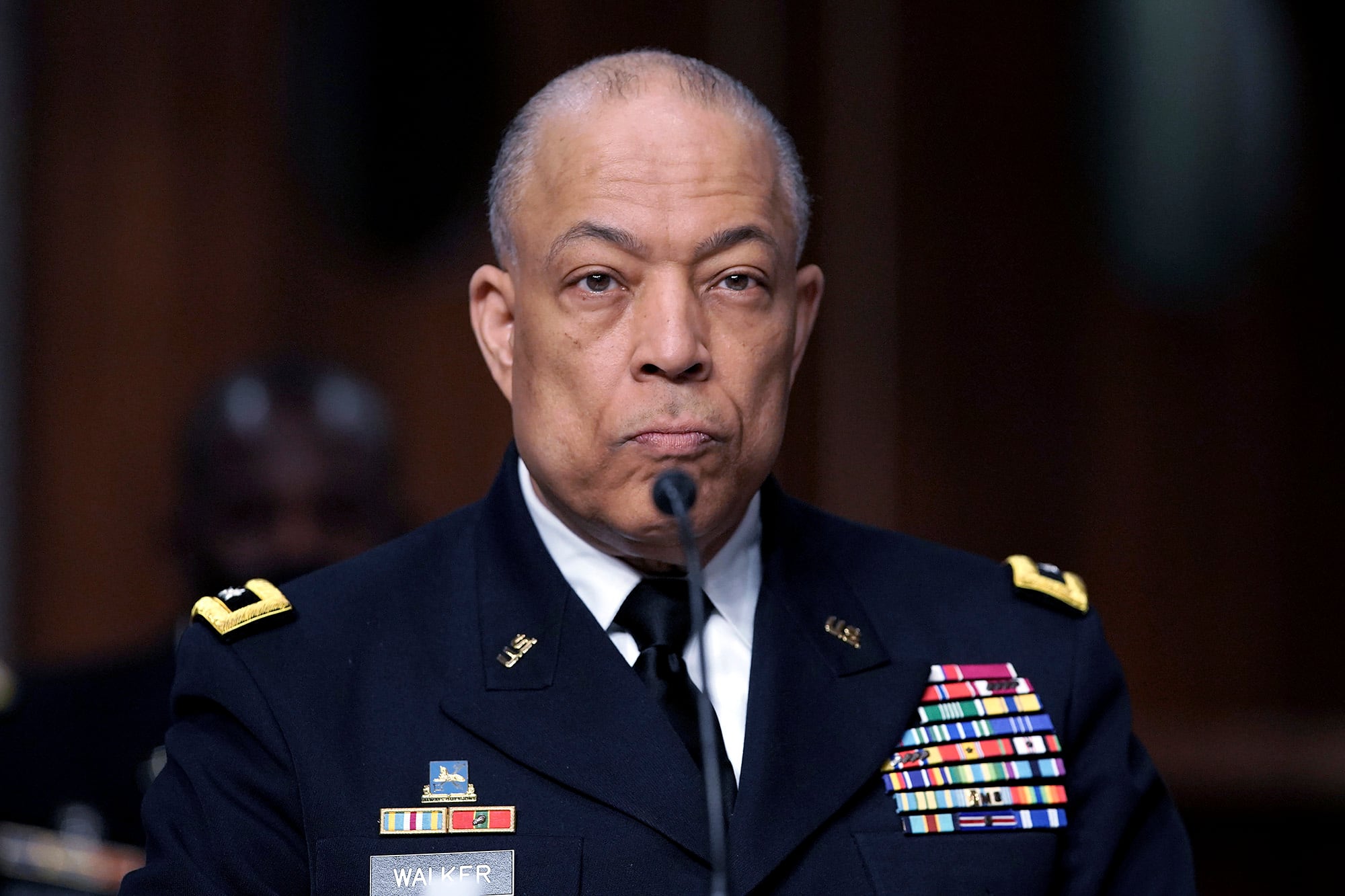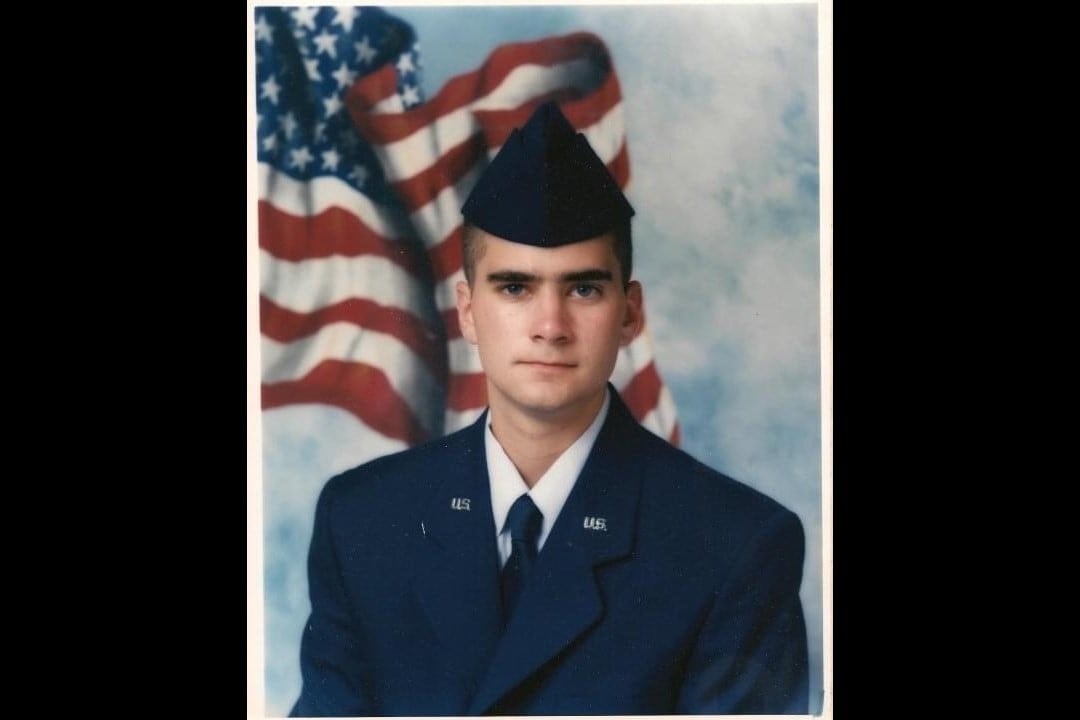National Guard troops faced unusual restrictions and deployment delays from senior Pentagon leaders amid the attempted insurrection at the Capitol on Jan. 6, including a more than three-hour wait for deployment approval even as rioters overran the halls of Congress, a senior Guard official told senators on Wednesday.
“I was frustrated,” said Maj. Gen. William Walker, commanding general of the District of Columbia National Guard. “We had guardsmen on buses … just waiting to get the approval. I believe that number could have made a difference [earlier], we could have helped extend the perimeter and helped push back the crowd.”
Other Defense Department leaders have disputed that accounting, saying that officials moved as quickly as possible to authorize a Guard response to the besieged Capitol.
They insist instead that the failings of the day fall more on poor advance planning and intelligence work, not military officials’ hesitancy.
RELATED

The continued confusion over delays in the military response comes almost two months after the violent attack on the Capitol, when hundreds of supporters of President Donald Trump pushed past police in an attempt to disrupt Congress’ certification of the November 2020 election results.
Five people died in the riot, including Capitol Hill Police officer Brian Sicknick, who died after receiving a head injury after trying to control the surging crowd. Two other officers died by suicde in the days following the attack.
Wednesday’s hearing — the second in a series held by Senate leaders investigating the security failures surrounding the event — also took place as U.S. Capitol Police warned of “a possible plot to breach the Capitol by an identified militia group” on March 4.
That warning will not affect National Guard operations, officials say.
“We have not changed how we conduct the mission due to anything related to March 4,” Air Force Lt. Col. Robert N. Carver, a Guard spokesman, told Military Times.
Almost 26,000 National Guard troops were mobilized in the weeks following the Jan. 6 attack and ahead of the Jan. 20 inauguration of President Joe Biden, and about 5,200 remained on site as of Wednesday, Carver said.

On Tuesday, Joint Chiefs Chairman Gen. Mark Milley told the Washington Post that amid the chaos of the Jan. 6 attack, defense leaders approved a police request for assistance less than an hour after they received it, around mid-afternoon. He added that D.C. Guard members needed several hours to prepare for the deployment, and arrived on scene shortly after 5 p.m.
However, Walker testified Wednesday that he had more than 150 guardsmen equipped and ready to mobilize much earlier in the afternoon, but the final authorization to send personnel there did not come until 5 p.m.
“At that point, seconds mattered, minutes mattered,” he said. “When we had approval, we got there [to the Capitol] in 18 minutes. And as soon as they got there, they made a difference.”
Walker also said that senior military commanders discussed concerns about how the public would view sending armed Guard troops to the Capitol grounds before and during the attack, and prohibited him from putting together a quick reaction force or pre-positioning riot gear ahead of the date in case of such a security breach.
“In 19 years, I’ve never had that happen before,” he said.
Under questioning from senators, Robert Salesses, the acting assistant defense secretary for homeland security issues, said those moves were designed to ensure that military leaders had visibility and control over security response.
“They wanted to understand the deployment of how the National Guard was going to be sent to the Capitol, what their missions were going to be, were they going to be clearing buildings, would they be doing perimeter security, how would they be equipped,” he said.
But senators said that micromanagement from top leaders (something that wasn’t seen during other major protests in the national capital region in the past) significantly slowed down the Guard’s critical security response.
“In the end, it was left to frontline officers — who were severely outnumbered — to protect not only those of us in the Capitol, but our democracy itself,” said Sen. Amy Klobuchar, D-Minn., chairwoman of the Senate Rules Committee. “They performed heroically under unimaginable circumstances, tragically suffering many injuries and loss of life. That’s why we need answers.”
RELATED

Walker and defense officials downplayed congressional concerns about communication among military leaders as the attack unfolded, saying that senior leaders were communicating throughout the afternoon with key officials to plan a response. However, the differed on their assessment of how quick that process took place.
Both military and local security officials have said that intelligence reports ahead of the Jan. 6 attack did not warrant increased Guard presence on the Capitol grounds, although several hundred were mobilized to help with traffic control throughout the city.
However, lawmakers’ investigations have uncovered numerous indicators that should have raised concerns among planners. The House Sergeant at Arms, Senate Sergeant at Arms and head of Capitol Police all resigned in the wake of the attempted insurrection.
Senators have promised additional inquiries into the issue in coming weeks, which could include questions for senior Pentagon officials.
Military Times Pentagon bureau chief Meghann Myers contributed to this report.
Leo covers Congress, Veterans Affairs and the White House for Military Times. He has covered Washington, D.C. since 2004, focusing on military personnel and veterans policies. His work has earned numerous honors, including a 2009 Polk award, a 2010 National Headliner Award, the IAVA Leadership in Journalism award and the VFW News Media award.





